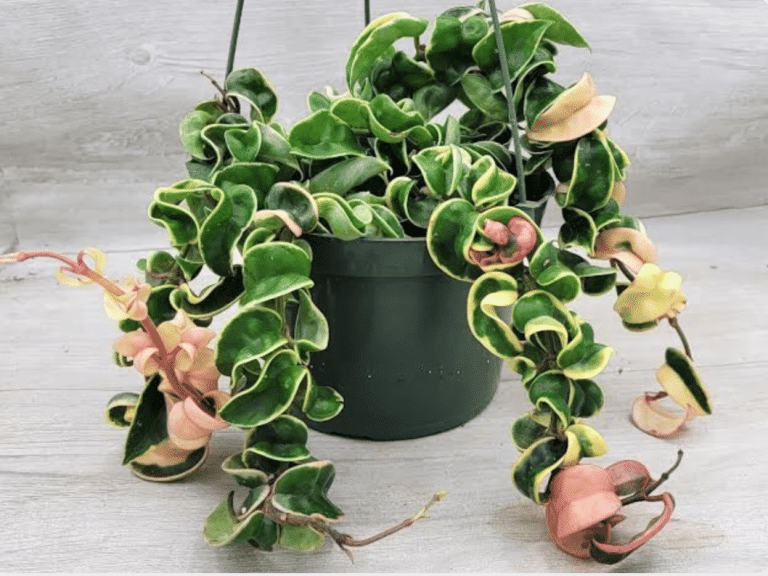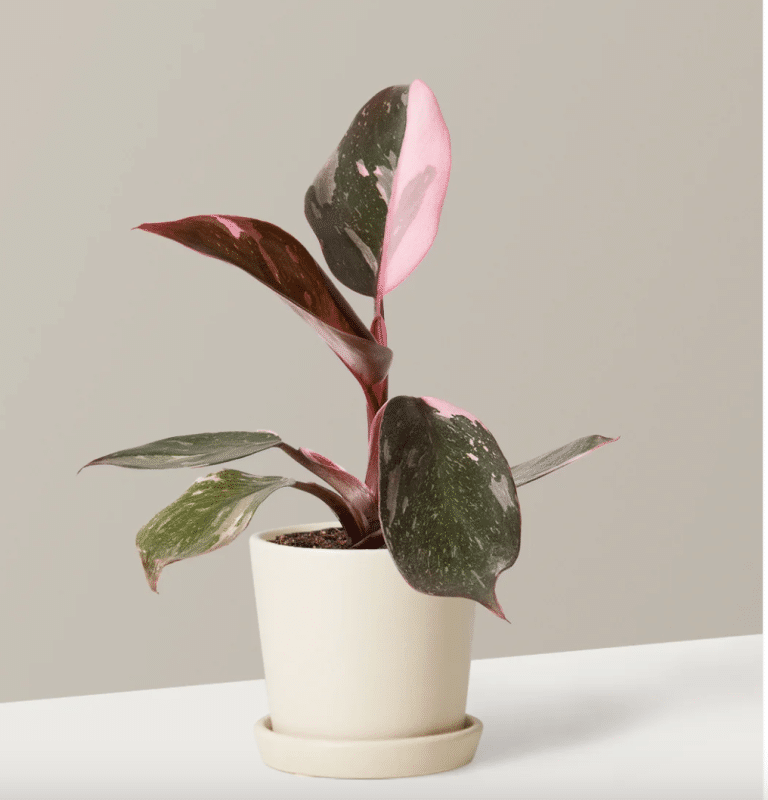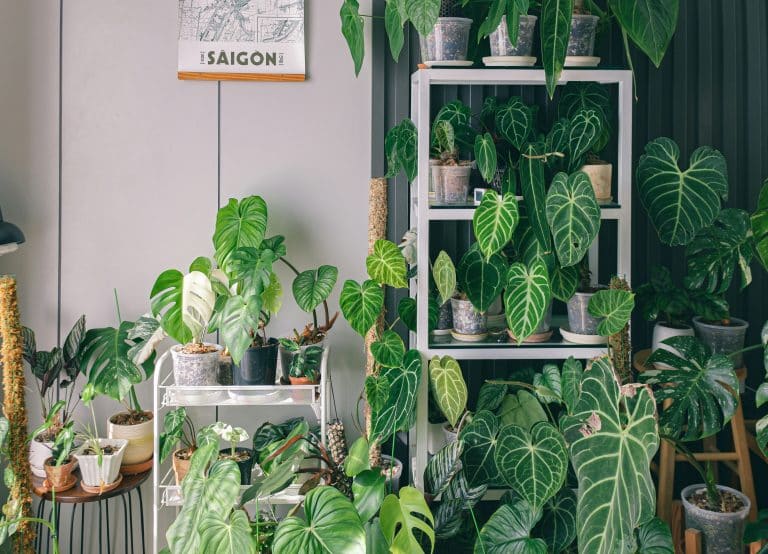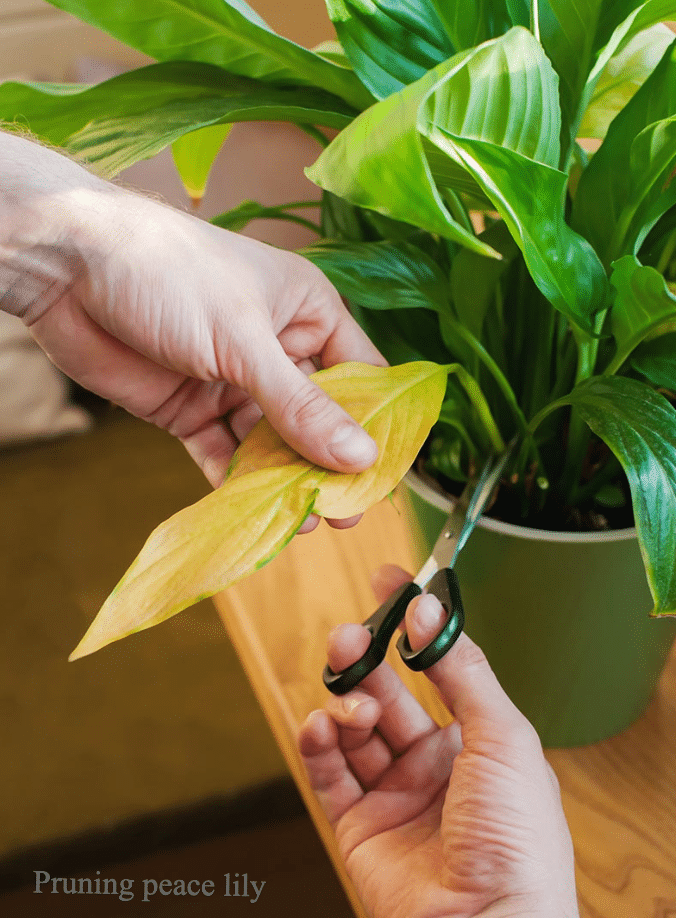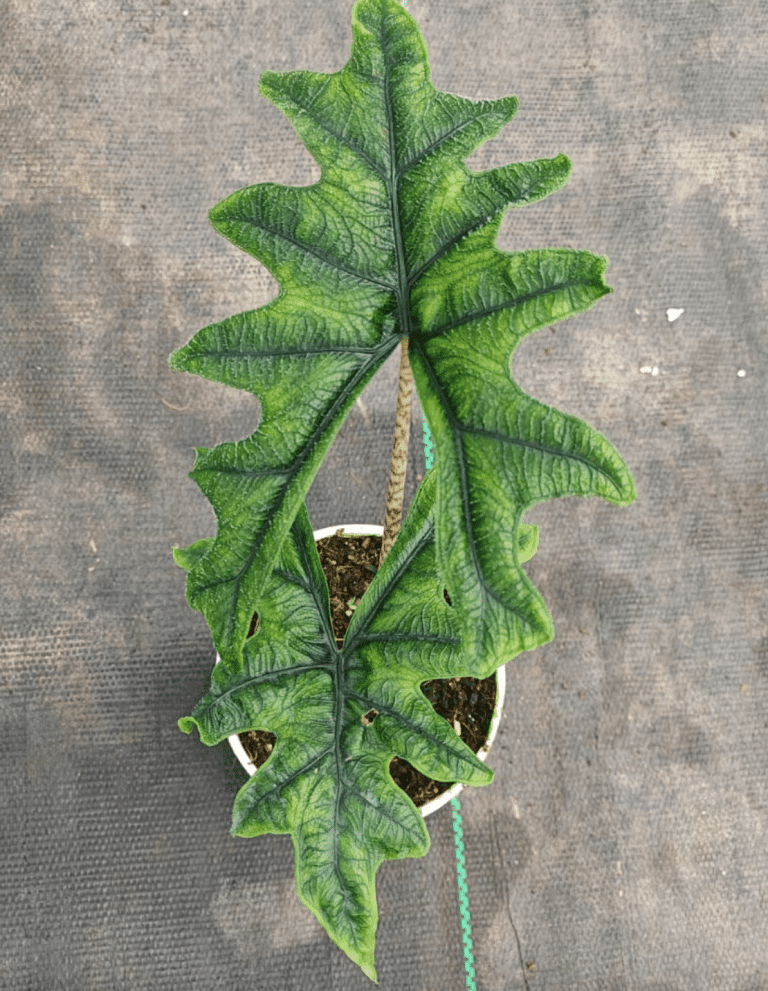How to Maintain Deep Purple Foliage in Houseplants
Keep deep purple foliage vibrant in houseplants grown in our Brooklyn community home—light, feeding, and care tips to prevent fading and dull leaves.
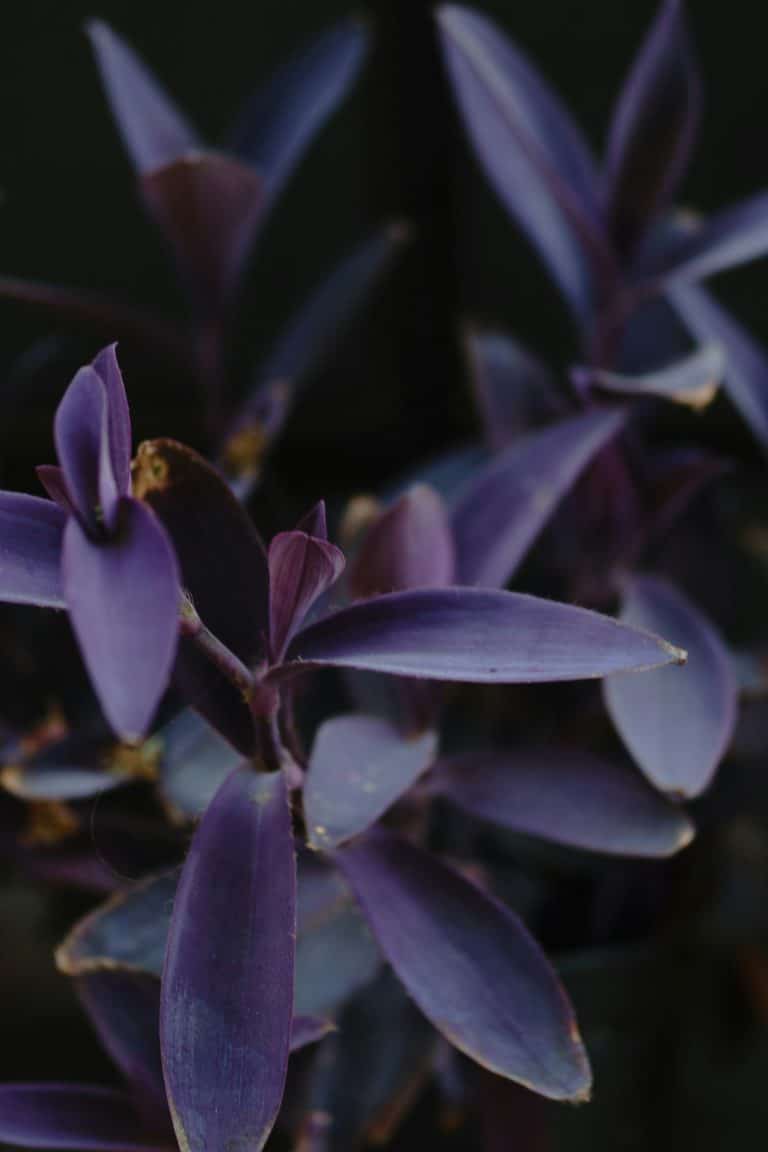
When you purchase through links on our site, we may earn an affiliate commission, which helps sustain our blog!
There’s nothing quite like the drama of deep purple foliage in a houseplant—it adds contrast, texture, and that moody elegance we all crave. But here’s the catch: that bold color? It fades fast if you’re not giving the plant exactly what it wants. We’ve had our fair share of formerly-purple leaves turn sad and green, and usually, it comes down to the basics—light, nutrients, and soil.
In this guide, we’re sharing the tips and care tweaks that actually helped us preserve and deepen the color in our Purple houseplants such as Calatheas, Purple tradescantias, and even our beloved purple orchids. You don’t need a greenhouse—just a few good habits and the right setup!
Summary
How to maintain deep purple foliage in houseplants?
Place your plant in bright, indirect light, as low light can cause fading. Use a balanced, diluted fertilizer monthly during the growing season, and avoid overwatering, which can lead to root stress and dull color. Regularly remove faded leaves to encourage vibrant new growth.
Understand What Causes Purple Pigmentation in Leaves
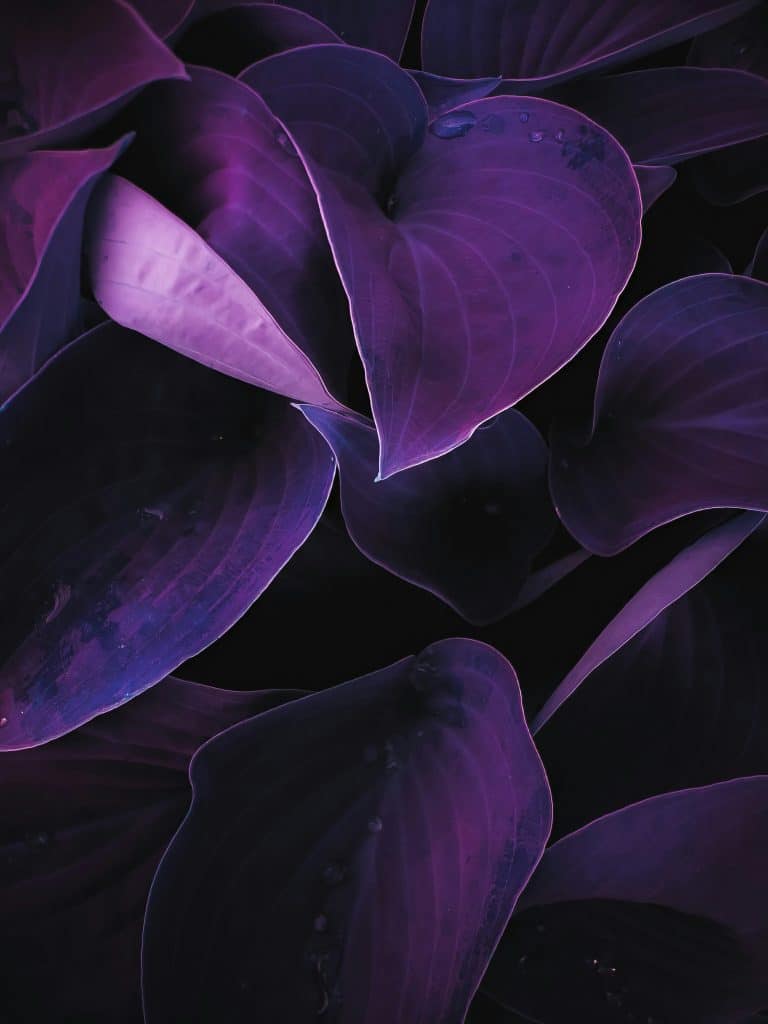
Anthocyanins
These are the pigments that create those gorgeous purple, red, or bluish tones in foliage. These compounds don’t just show up for looks. They help plants protect themselves from stress, sunlight, and even pests. The deeper the purple, the more anthocyanins are active in the plant. But they’re fickle. You mess with their ideal conditions, and they fade fast.
Light exposure
We had a Purple Heart plant on a shelf that got hardly any light. Within weeks, the purple faded into a drab green. We thought it was sick, but nope—it just wasn’t getting enough light to keep producing pigment. On the flip side, we once left a Purple Passion plant in full sun thinking more light meant more color. It got scorched. The trick is balance—bright, indirect light keeps the pigments vibrant without stressing the plant out.
Read also: How much light is needed to keep the purple foliage
Not all purple plants stay purple all the time.
Some shift with the seasons or their growth stage. Our Calathea Roseopicta gets darker in summer and slightly duller in winter, even with steady care. It’s not always a sign of a problem—it’s just how the plant adapts to its environment. But when the change is sudden or uneven, we take it as a sign to check light, watering, or drafts.
Role of nutrients
For months, we used a basic high-nitrogen fertilizer on our whole plant shelf. But we started noticing that while our green plants were thriving, the purple ones were looking… greener. A little research told us that too much nitrogen can actually reduce anthocyanin production. So we have now switched to a balanced fertilizer with more phosphorus and potassium, and within a few weeks, the color deepened again.
Give the Right Amount of Light
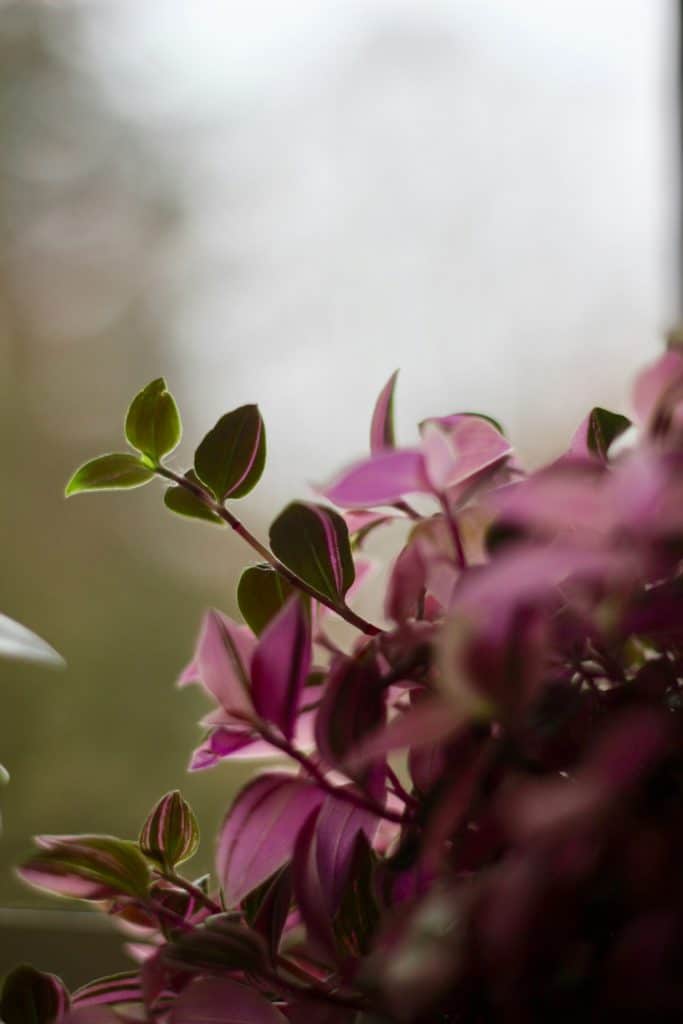
Bright, indirect light is ideal for most purple-leaf houseplants
Most purple houseplants, whether it’s a Calathea Dottie or a Purple Passion, love bright, indirect light. Think near a window, but not in the direct line of fire. When we moved our purple orchid to an east-facing windowsill, the shift was dramatic—its leaves got deeper in tone within a week. Too little light and the color faded, but too much and the leaves got blotchy. So now, we aim for filtered sunlight or place sheer curtains where needed.
Too little light can make leaves revert to green or dull colors
We made this mistake with a Purple Heart plant we had in the corner of our office. At first, it was this lovely plum shade—within two months, it was just… green. Not sick, just boring. The plant wasn’t getting enough light to keep making anthocyanins. When we moved it to a spot with more light, the purple slowly came back. It takes time, but it’s reversible—usually.
Too much direct sun can scorch the leaves or bleach the purple tones
On the other hand, we once got a little too ambitious with a Purple Passion. We stuck it on a sunny windowsill thinking “more sun, more color!” Yeah, no. Within days, the leaves turned crispy at the edges, and the fuzz lost its color. Lesson learned: direct sun can do more harm than good for most purple houseplants. We now give them dappled light or keep them pulled back a foot or two from the window.
Rotate pots regularly to ensure even exposure and prevent fading on one side
This is such a simple habit, but it made a big difference. We used to notice one side of our Calathea would look vibrant while the other looked like it had given up. That’s when we realized: we never rotated the pot. Now, we rotate our plants every week or two, especially during the growing season. It helps keep the color even and prevents leaning or uneven fading.
Choose the Best Soil for Color Retention
Use loose, well-draining, peat-free potting mixes
When we potted a Purple Calathea in a cheap, peat-heavy mix— one we got from the dollar store in brooklyn — and it stayed damp for days. Not in a good way. The leaves started curling, and the purple faded to this washed-out tone. Once we switched to a loose, well-draining mix made with coco coir and bark, the difference was clear. The roots had space to breathe, and the color started coming back.
Coco coir, perlite, and bark support airflow and moisture control
Now we use blends with coco coir, perlite, and orchid bark for almost all our colorful foliage plants. Coco coir holds just enough water without being soggy, and perlite keeps the mix light. The bark adds texture and airflow. When we repotted our Purple Orchid using this combo, the roots responded almost immediately—and so did the color.
Soil that’s too dense can suffocate roots and lead to dulling
Dense soil holds water too long, which can starve the roots of oxygen. We had a Peperomia once that looked great when we bought it but lost all its color in a month. We thought it was the light or fertilizer… nope, it was sitting in compact, soggy soil. Once we swapped in a more breathable mix, it perked right up.
Some purple plants prefer slightly acidic pH (around 6.0–6.5)
We didn’t know pH mattered until we tested the soil on a fading Purple Passion Plant. The pH was over 7—too alkaline. Some purple plants prefer a slightly acidic environment, around 6.0 to 6.5. Now, we use soil blends labeled for tropical foliage or test with simple strips before planting. It’s not something we obsess over, but it’s helped us correct issues before they got worse.
Read also: Our favorite soil and fertilizer for purple houseplants
Keep Humidity and Temperature Stable
Many purple-leaf plants are tropical and need humidity above 50%
We didn’t grow up thinking about humidity—it’s just air, right? But a lot of purple-leaf plants come from tropical environments, where humidity often hits 60–80%. Indoors, especially in winter, our home drops to 30% or less. Once we started monitoring humidity, we realized our plants were quietly gasping. Most of our purple plants now live near a humidifier or grouped together to keep levels above 50%. Especially in Bathrooms!
Use trays of water, humidifiers, or group plants together to boost moisture
We’ve used all the tricks: pebble trays, misting, grouping pots close together—and they work, especially for small to medium plants. The pebble tray under our Purple Orchid adds just enough ambient moisture to stop it from shriveling. We also invested in a small humidifier that runs next to our tropical shelf. It made a huge difference.
Read also: Our styling tips for purple houseplants
Sudden temperature drops can trigger stress and color loss
There was one week we left a window cracked behind a plant shelf overnight. It dropped to the 40s outside, and the draft hit our Calathea Dottie directly. Within days, the leaves dulled and curled in. Now we’re super cautious about temperature swings, especially near windows or doors in cooler seasons. Most purple houseplants prefer 65–80°F consistently.
Plants hate dry air from heating vents and cold drafts from A/C units. One of our bromeliads got blasted by an overhead vent all summer, and the color faded fast. We avoid putting plants near vents, windows that open often, or radiators. They like calm, consistent air—just like we do.
Prune and Clean to Support Colorful Growth
Remove faded or yellowing leaves to redirect energy to healthy foliage
One of our biggest shifts came when we stopped leaving damaged leaves “just in case.” They don’t recover. Instead, they suck up energy that could go to healthy growth. Now we regularly snip off faded or yellowing leaves, and we’ve noticed that new growth comes in faster and often more vibrant. But don’t go around snipping more than 30% of your plant at once!
Read also: Why are my purple houseplants turning green?
Wipe leaves regularly with a damp cloth to let light reach the full surface
Dust really does block light—and without light, the purple starts to fade. We didn’t think much of it until we wiped down our Calathea one day and saw how much brighter the underside looked after. We now keep a soft cloth nearby and wipe the leaves every couple of weeks. It also helps us spot early signs of pests or dryness.
Pruning leggy stems helps promote fuller, more vibrant new growth
We used to let our Purple Passion get long and leggy because we didn’t want to lose any growth. Big mistake. The plant looked thin, and the purple was concentrated only at the top. A gardener friend told us to cut it back by a third, and sure enough, it grew back bushier—and way more colorful.
Deadheading spent blooms in flowering varieties like orchids can trigger richer leaf color
Our purple orchid finished blooming last spring, and we were tempted to leave the old spike “just in case.” But once we trimmed it back to the base, the leaves deepened in color over the next month. Apparently, deadheading tells the plant it’s time to focus on foliage again. We’ve seen this with bromeliads, too—cut the faded flower, and the rest perks up.
Conclusion:
Maintaining that deep purple glow isn’t about guesswork—it’s about consistency. When we started tuning into light, fertilizer type, and humidity, our plants rewarded us with richer, more vibrant leaves that actually stayed purple. So don’t be discouraged if your plant’s lost a little color. With the right tweaks, it’s totally possible to bring that drama back—and keep it going year-round.


